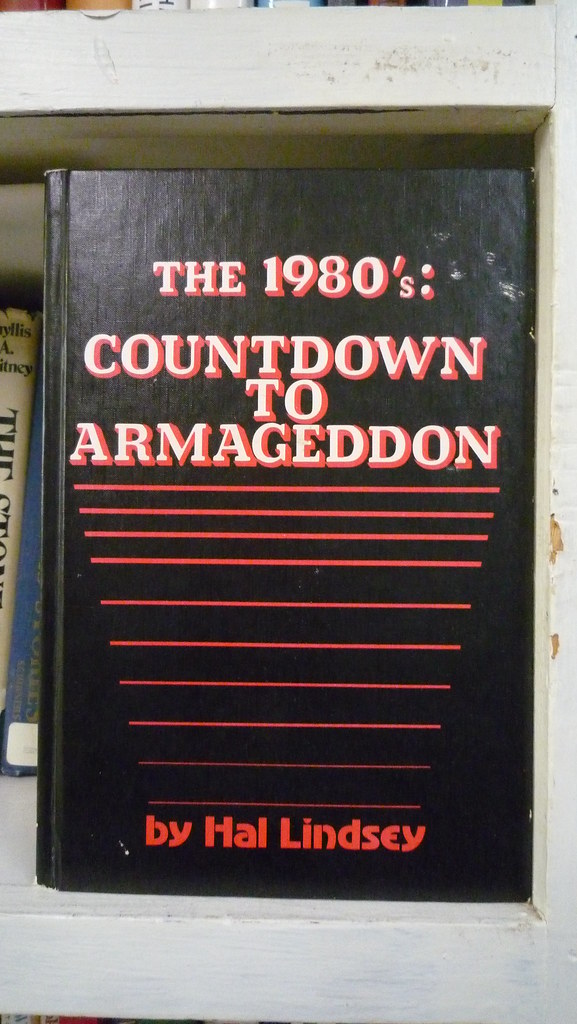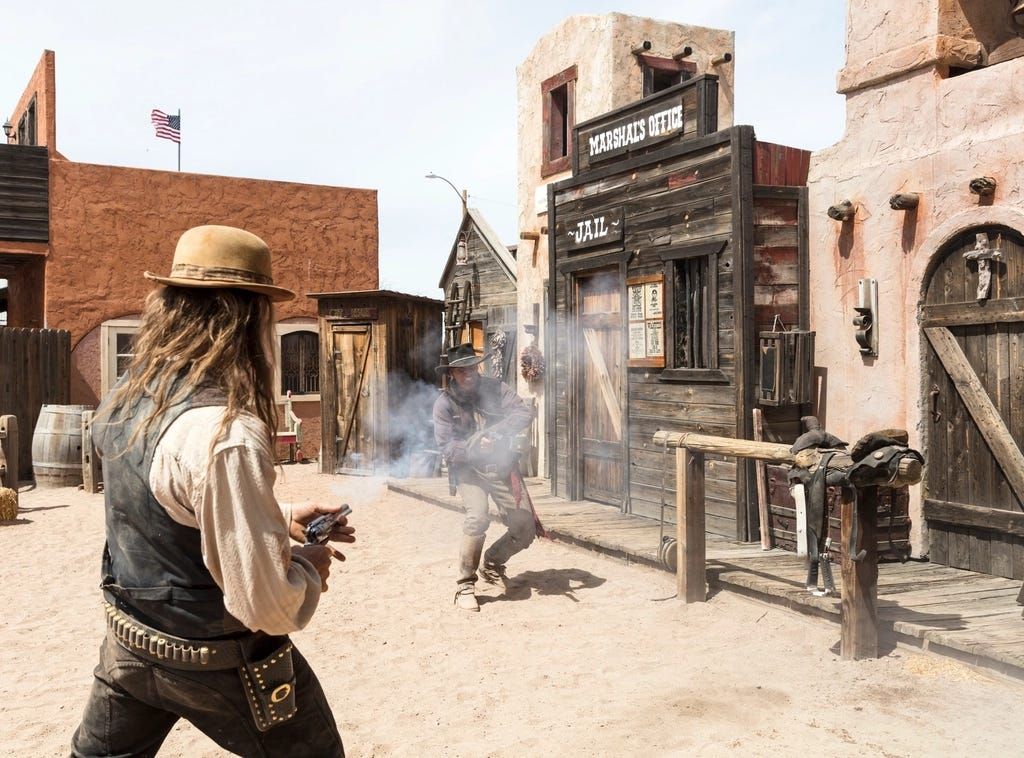
Thirty years after its initial release, *Tombstone* continues to captivate audiences and stand as a benchmark in the Western genre. What began as a critical hit in 1993 has, over the decades, blossomed into a cinematic phenomenon, with its reputation and legacy only growing stronger. This enduring appeal isn’t accidental; it’s a testament to a unique confluence of masterful storytelling, unforgettable performances, and a profound respect for the historical tapestry of the Old West.
The film’s resurgence in recent years, partly fueled by the passing of the brilliant Val Kilmer and the renewed interest in his iconic portrayal of Doc Holliday, has sparked fresh conversations about its rightful place among the greatest Western movies of all time. Beyond thrilling action sequences and a legendary narrative rooted in the true history of Wyatt Earp and Doc Holliday taking on the villainous Cowboys, *Tombstone* possesses a secret weapon, an element that even seasoned Western star Kurt Russell points to as truly setting it apart from all others in the genre. It’s a blend of these meticulously crafted components that elevate *Tombstone* from a mere film to a cultural touchstone.
Join us as we embark on an in-depth exploration of the multifaceted reasons why *Tombstone* has not only stood the test of time but has cemented itself as a true titan in the Western canon, delving into the specific choices, performances, and behind-the-scenes triumphs that forged its indelible legacy. From the nuanced writing to the authentic visual presentation, we’ll uncover the core elements that continue to resonate with dedicated fans and new viewers alike, keeping the spirit of the Old West alive and thrilling.
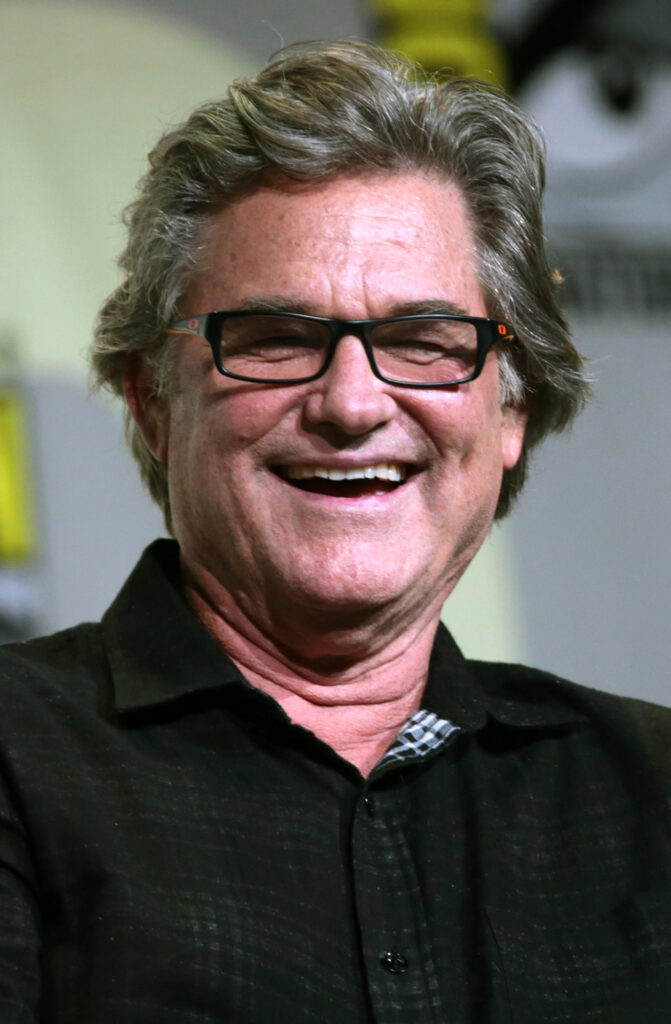
1. **Kurt Russell’s Vision: The Dialogue as a Defining Feature**
In an insightful interview with GQ, reflecting on his storied career, Kurt Russell offered a profound perspective on *Tombstone*’s unique greatness. While humbly deferring on claiming it as the absolute best, he unequivocally championed the film’s dialogue as its unparalleled distinguishing characteristic. This observation highlights a often-overlooked aspect of Westerns, which are typically celebrated more for their sweeping landscapes and dramatic shootouts than for their verbal sparring.
Russell articulated this point with conviction, stating, “But there’s one undeniable thing. You name me another Western where you can recall as much of the dialogue as people can recall from ‘Tombstone.’ It’s not even close. Much more so than any other Western. That’s undeniable.” This bold claim challenges conventional wisdom, especially when considering iconic Western heroes like Clint Eastwood’s, who are often defined by their stoic silence. Yet, Russell’s assertion rings true for anyone who has experienced *Tombstone*.
This focus on dialogue isn’t just about clever one-liners; it’s about the authenticity and depth it lends to the characters. The lines aren’t merely spoken; they are perfectly delivered, imbuing each character with a distinct voice and personality. It’s this verbal artistry that truly makes the film’s figures, from the Earps to Doc Holliday and the Cowboys, leap off the screen, establishing their motivations and rivalries in a way that resonates far beyond mere exposition.
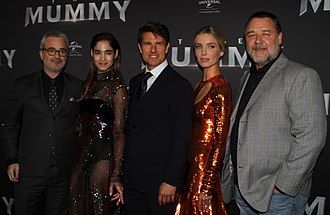
2. **The Power of Memorable Lines: Quotes that Resonate**
Indeed, Russell’s point about *Tombstone*’s dialogue being overwhelmingly memorable is undeniable. The film is a veritable treasure trove of iconic quotes that have transcended the silver screen, embedding themselves into popular culture. These aren’t just isolated moments; they are woven throughout the narrative, enriching every confrontation, every moment of camaraderie, and every declaration of intent.
The dialogue’s impact is further amplified by its remarkable variety. We hear Doc Holliday’s famously hilarious retort to a drunken cowboy, “I have two guns, one for each of ya,” a line that perfectly encapsulates his sardonic wit and deadly confidence. This sharp humor is balanced by Wyatt Earp’s menacing threats, such as his chilling declaration, “You tell ’em I’m coming… and hell’s coming with me,” or his cutting challenge, “You gonna do somethin’ or just stand there and bleed?” Each line is a masterclass in character and tension.
It’s this consistent stream of powerful, witty, and evocative dialogue that makes *Tombstone* so rewatchable and endlessly quoted. Fans don’t just recall isolated phrases; they remember entire exchanges, which speaks volumes about the script’s quality and the actors’ delivery. This verbal richness creates a deep, satisfying experience that many other action-heavy Westerns often lack, cementing its place in the hearts of its admirers.
Read more about: The Four Films Tom Hanks Calls ‘Pretty Good’: A Deep Dive into the Hollywood Icon’s Surprising Self-Assessment
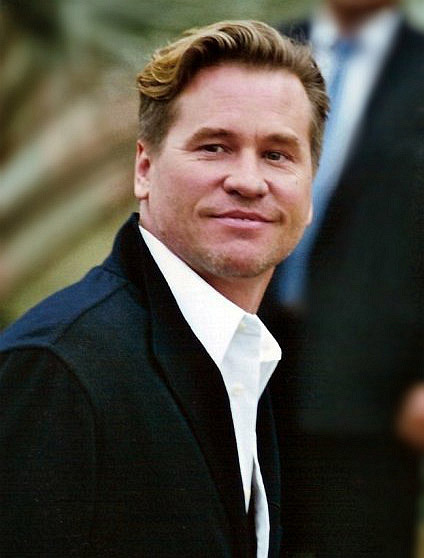
3. **Val Kilmer’s Iconic Doc Holliday: A Performance for the Ages**
No discussion of *Tombstone*’s enduring legacy is complete without acknowledging Val Kilmer’s utterly transformative performance as Doc Holliday. His portrayal has become legendary, transcending the film itself and creating a cultural icon. Kilmer didn’t just play Doc Holliday; he inhabited him, bringing a complex blend of wit, intelligence, cynicism, and fatalistic courage to the screen, which remains a defining highlight of the movie.
A significant portion of Kilmer’s brilliance lies in his exceptional delivery of the film’s fantastic dialogue. Lines such as “You’re a daisy if you do” and the now ubiquitous “I’m your huckleberry” have become famous far beyond the confines of the movie. These aren’t just catchphrases; within *Tombstone*, they are perfect expressions of a man who confronts death with an unnerving blend of bravado and resignation, showcasing his unwavering resolve in the face of insurmountable odds.
The recent renewed interest in *Tombstone*, particularly following Kilmer’s passing, underscores the profound impact his performance had and continues to have. His Doc Holliday isn’t merely a supporting character; he is the tragic, charismatic heart of the film, a figure whose every utterance and gesture contributes immeasurably to the movie’s appeal. It is a performance that continues to draw new viewers and thrill long-time fans, solidifying the film’s status as a classic.
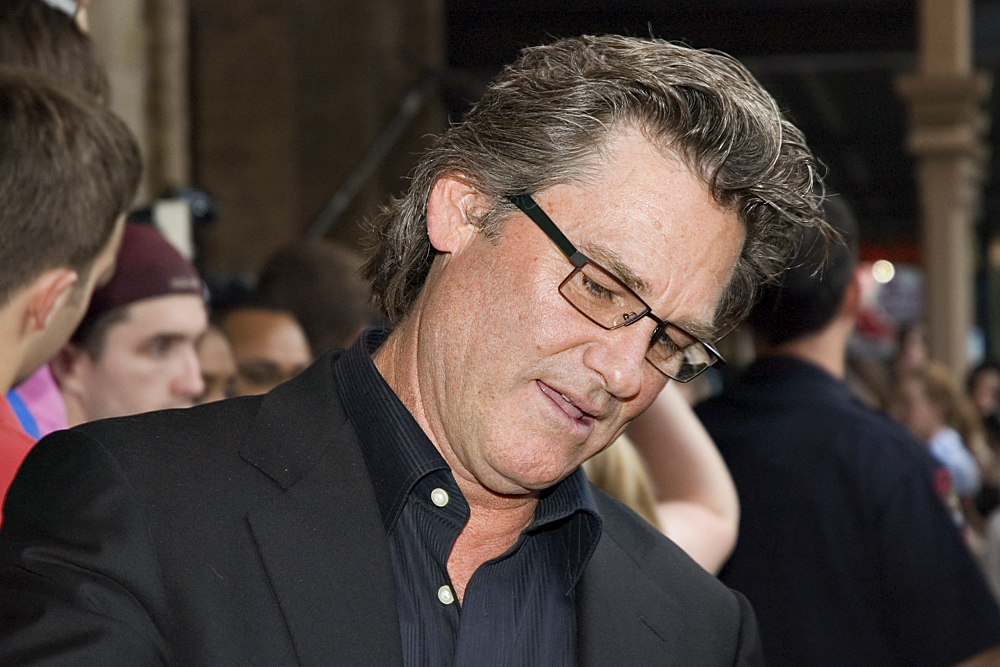
4. **Growing Popularity: A Legacy Built Over Decades**
While *Tombstone* was a critical hit upon its release in 1993, its true significance and widespread adoration have only amplified in the decades since. Unlike many films whose initial buzz fades, *Tombstone*’s reputation has steadily grown, attracting new generations of fans who discover its unique charm and enduring power. This organic growth in popularity speaks volumes about its inherent quality and timeless themes.
One of the major drivers behind this escalating popularity is undoubtedly the film’s exceptional dialogue, as Kurt Russell so eloquently pointed out. The ability of lines to stick with audiences and thrill them on repeated viewings fosters a desire to return to the film again and again. This rewatchability is a hallmark of truly beloved cinema, and *Tombstone* has cultivated a fiercely loyal following eager to immerse themselves in its world and its memorable exchanges.
Furthermore, the film’s ability to create such wonderfully rich and complex characters through its narrative and dialogue ensures a lasting cultural impact. It’s a treat to revisit these figures, their struggles, and their triumphs, making *Tombstone* a movie that new fans continue to seek out, ensuring its legacy remains vibrant and influential thirty years after its debut. This sustained engagement across generations is a testament to its compelling narrative and artistic integrity.
Read more about: Miss the ’90s? These 14 Earth-Shaking Events Defined a Decade of Unprecedented Change—Their Impact Still Resonates!
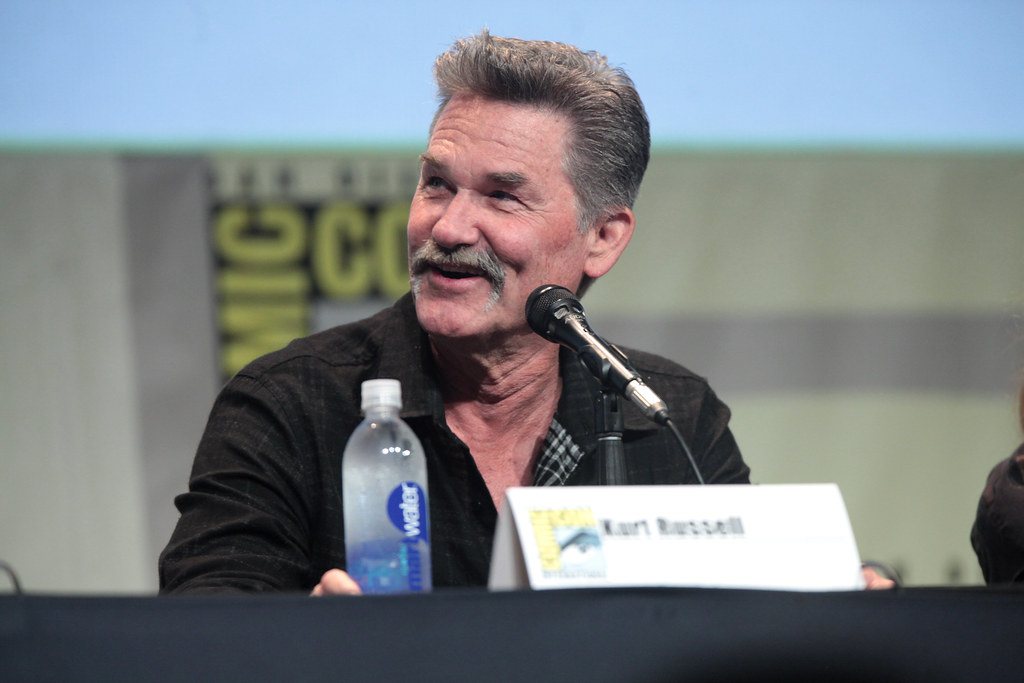
5. **The Man Behind the Curtain: Kurt Russell’s Undersung Role in Production**
Unknown to much of the public, Kurt Russell’s involvement in *Tombstone* extended far beyond his captivating portrayal of Wyatt Earp. His deep loyalty to Disney, where he had made his first movie at 15 in 1966, was a crucial factor in the film’s very existence. As he recalled, “The Disney years were my education in the film business,” a sentiment that underscored his commitment when Disney’s Michael Eisner brought him back in 1992.
Russell’s career was at stake with this significant R-rated Western, a departure for the conservative motion picture company. Crucially, Russell was the instrumental force behind the film’s financing and, most likely, its very production. He candidly shared with True West’s Henry Cabot Beck in 2006 that he had “gone and got 25 million dollars from Andy Vajna [Cinergi Pictures] to make the movie.” This astonishing behind-the-scenes effort highlights his profound belief in the project.
When original director Kevin Jarre struggled to manage the large-ensemble cast and stay on time and budget, studio executives turned to Russell. They entrusted him with the critical task of recruiting a replacement director, George P. Cosmatos, and ensuring the picture was brought in on schedule and within financial parameters. Russell delivered, a testament to his knowledge of entertaining and filmmaking, and his enduring love and respect for the Western genre, which had played such a significant role in his and his father, Bing Russell’s, careers.

6. **Kevin Jarre’s Foundational Script: A Meticulously Researched Narrative**
At the heart of *Tombstone*’s enduring success lies Kevin Jarre’s meticulously researched script, a narrative so compelling it has taken on a mythic status of its own. Russell, upon reading Jarre’s original work, was immediately convinced and pushed for its production, recognizing the inherent drama and historical richness woven into its fabric. This dedication to source material provided a robust foundation for the cinematic spectacle.
The script’s strength emanates from its grounding in real people and historical events, particularly the legendary feud between the Cowboys and the Earps. This approach naturally sparks debate and controversy among historians, authors, and fans, ensuring a lively and engaging historical context for the narrative. Jarre skillfully captured the classic drama at the core of these legendary events, populating his story with historical characters that, as the context suggests, William Shakespeare himself would have relished dramatizing.
While the film ultimately evolved from Jarre’s original vision due to directorial changes, the script’s intricate detail and character development remained a powerful driving force. It’s this deep understanding and respectful portrayal of the 1880s Tombstone, Arizona, and its pivotal figures that allowed for the creation of an entertaining screenplay, bridging the gap between historical fact and dramatic storytelling, and garnering much credit from critics and film historians for its attempt at historical accuracy.

7. **Authenticity in Every Frame: Costumes, Sets, and Period Language**
One of *Tombstone*’s defining characteristics, and a significant contributor to its immersive quality, is its unwavering commitment to authenticity in its visual and auditory presentation. As John Farkis noted, the film embodied three “A’s”: “Actors, Action and Authenticity,” standing in stark contrast to modern green screen and CGI heavy productions. In *Tombstone*, if it was on screen, “it’s real,” from the stunts to the expansive sets, majestic mountains, and even the palpable dust.
This dedication extended to every department, ensuring that the film genuinely looked and sounded like 1880. Erik Wright, a historian, lauded how *Tombstone* “took the sepia-toned Western films that came before and dumped them on their heads. For the first time we had bright and flamboyant clothing, newly painted buildings, accurate language, guns and clothing. Plus, the film was shot in the same area as the events portrayed.” This approach presented a vibrant, living Old West, rather than a decaying, dusty relic.
The historical accuracy in elements like costuming and attention to detail were excellent, according to James B. Mills, making viewers almost feel the Arizona heat through the beads of sweat on screen. Marshall Trimble also highlighted the use of reenactors instead of typical extras, stating, “Hollywood is much better at getting it right when using reenactors instead of extras who don’t know which end of a cow gets up first.” This meticulous effort, from hats and guns to period-appropriate language, created a true depiction of life in the Arizona Territory, making the film a visceral and believable journey into the past.

8. **The Boomtown Aesthetic: A Fresh Take on the Old West Visuals**
*Tombstone* challenged a strange trend in Western movie town sets that had developed in the latter half of the 20th century: the pervasive idea that Old West towns needed to appear ancient and weather-beaten. Instead, the film accurately portrayed Tombstone in 1880 as a brand new, booming settlement, replete with ongoing construction and fresh paint. It was, as the context emphasizes, “a boomtown, for crying out loud,” and the filmmakers embraced this vibrant reality.
Producer Bob Misiorowski recounted the effort to achieve this vision, explaining how the Mescal set, initially “dusty, weather-beaten” when they arrived, was transformed. Their script called for a “NEW TOWN, bustling, buildings going up. Fresh paint. Businesses working out of tents whilst more permanent structures were going up.” They meticulously “repaired and painted every building” to reflect this historical accuracy, a detail that resonated deeply with historians like Jeff Morey, who influenced screenwriter Kevin Jarre on this very concept.
This commitment to showcasing a dynamic, developing frontier environment, rather than a decaying one, was a groundbreaking visual choice that contributed significantly to the film’s unique “look, feel, sound and tone.” Allen Barra noted that “It looked and sounded like 1880,” a sentiment echoed by Peter Brand, who highlighted the use of “historically accurate hats, guns, costumes, sets and even the language of the day.” This bold departure from cliché visuals presented a more authentic and energetic vision of the Old West, making the cinematic experience truly fresh and engaging.

9. **Tombstone’s Place in the Western Pantheon: The Unending Debate**
For a film that was a critical hit upon its release, *Tombstone*’s journey to cementing its place among the greatest Westerns has been a dynamic, decades-long conversation. It’s a film that continually rises to the top when discussions turn to the genre’s titans, yet its exact ranking remains a vibrant subject of debate among film historians, critics, and dedicated fans alike. This persistent discussion itself speaks volumes about the movie’s profound and lasting impact on popular culture.
Indeed, opinions on *Tombstone*’s standing are as varied as the characters in its narrative. Producer Bob Misiorowski champions it as among the greatest, placing it alongside classics like *High Noon* and *Unforgiven*. However, screenwriter Kirk Ellis admits to remaining baffled by its sustained reverence. Historian Paul Andrew Hutton categorizes it more as a cult movie, akin to *Blade Runner* in sci-fi, arguing it didn’t achieve the broad cultural phenomenon status of something like Disney’s *Davy Crockett*. Such diverse viewpoints highlight that defining the “greatest” is often subjective, shaped by personal experience and genre appreciation.
Yet, other experts readily place it among the elite. Max McCoy, an author, lists it alongside revered titles such as *The Searchers* and *The Man Who Shot Liberty Valance*, while historian Roy Young boldly declares it the greatest Western of the latter half of the 20th century, praising its historical fiction that “hits the mark for accuracy.” Even while some, like Thom Ross, might criticize specific historical inaccuracies, the consensus often acknowledges its exceptional qualities, from its costumes and dialogue to its dramatic execution. This ongoing critical dialogue ensures *Tombstone*’s continued relevance, compelling both seasoned and new viewers to engage with its legacy.
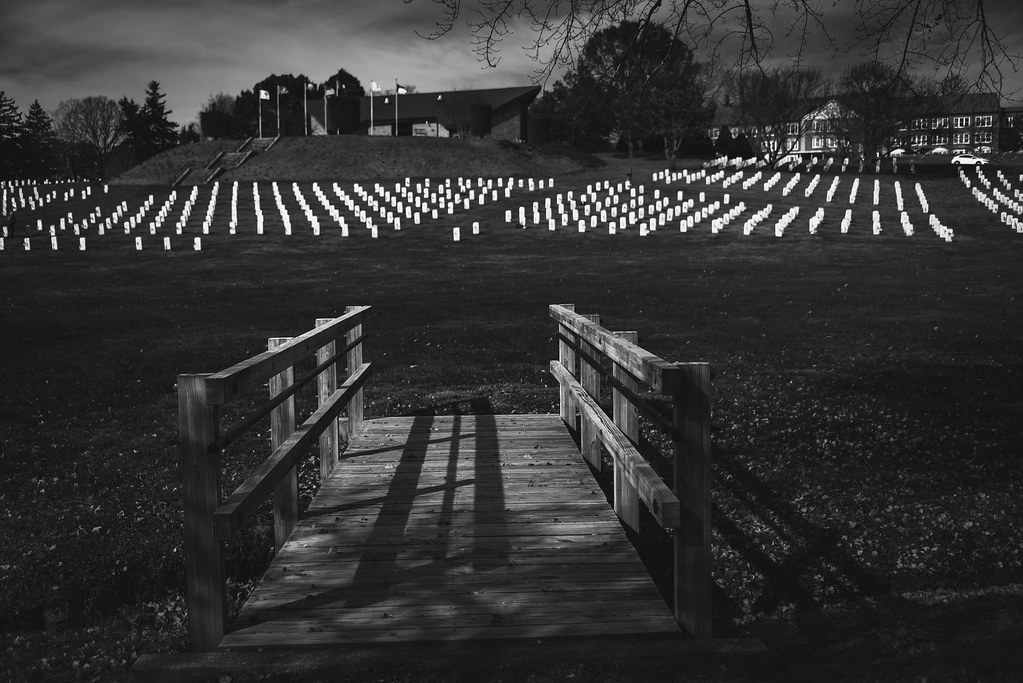
10. **The Intricate Balance: History Versus Entertainment in *Tombstone**
One of the most compelling aspects of *Tombstone*’s enduring appeal lies in its audacious dance between historical fidelity and pure entertainment. The filmmakers, recognizing the inherent drama in the legendary feud between the Cowboys and the Earps, aimed to create a film that was both historically accurate and thoroughly captivating. As historian James B. Mills notes, the “costuming and attention to detail were excellent,” and the portrayal of the Earp-Cowboy feud was “solid enough, considering it is an artistic impression of events.” The goal was not a documentary, but an immersive narrative that brought the 1880s Arizona Territory to vivid life.
This commitment to authenticity extended to every visual and auditory element. Erik Wright, a historian, praised *Tombstone* for overturning the “sepia-toned Western films” of the past, presenting instead a vibrant Old West with “bright and flamboyant clothing, newly painted buildings, accurate language, guns and clothing.” Marshall Trimble further highlighted the film’s innovative use of reenactors instead of typical extras, ensuring a more genuine depiction of frontier life. These choices contributed to a palpable sense of realism, making audiences feel “the Arizona heat themselves with all those beads of sweat on screen,” as Mills describes it.
Despite the praise for its historical leanings, the film’s creators were ultimately in the business of storytelling, not strict historical transcription. When asked about changing historical details, reactions are mixed. Max McCoy states he “wouldn’t change a thing,” while John Boessenecker would remove the “bloodbaths” at the beginning and end, arguing they “never happened” and weren’t needed. This tension between historical record and dramatic license is perhaps best summarized by David de Haas, who, while acknowledging the opening scene’s historical liberties, defends it as a necessary narrative device to establish the “bad guys” from the outset. Ultimately, *Tombstone* succeeds by harnessing history as a powerful backdrop for a compelling, larger-than-life tale.

11. **The Enduring Resonance of the Earp/Holliday Saga**
The story of Wyatt Earp, his family, Doc Holliday, and their conflict with the Cowboys continues to hold a magnetic fascination, prompting perennial questions about its importance to understanding Old West history. While some, like Kirk Ellis, view it as a “tawdry Arizona political struggle” with no real impact on American history, many others contend its significance extends far beyond a local dispute. It is an archetypal American myth, a lens through which we explore fundamental aspects of frontier life and enduring societal struggles.
Allen Barra offers a comprehensive view, suggesting that while not strictly critical as history, the saga touches upon nearly every facet of Western culture: from family dynamics and mining camps to cattle theft, border issues, the clash of federal versus local law, and even lingering animosities from the Civil War. Mary Doria Russell eloquently describes the real story as a “Greek tragedy,” a sentiment echoed by Michael Blake who sees a “Shakespearean tragedy theme” drawing people in, further amplified by the compelling, devoted friendship between Wyatt and Doc that many aspire to.
The saga also provides profound insights into timeless issues of justice and societal order. Casey Tefertiller argues its relevance to a free society, probing what citizenry does “when outlawry becomes intolerable,” drawing parallels to contemporary debates on policing. John Boessenecker frames it as critical for understanding law enforcement’s principal purpose—keeping communities safe from predatory criminals—and views the Earps’ actions as breaking the “back of the largest outlaw gang of the American frontier.” James B. Mills emphasizes how the feud illustrates the escalation of violence in a boomtown environment and the clash between “metropolitan and pastoral ideals,” while Tom Clavin sees it as a powerful representation of the Old West resisting the inevitable spread of civilization. Thus, the Earp/Holliday narrative, whether through historical fact or mythic interpretation, continues to offer a rich tapestry for understanding the forces that shaped a young nation.
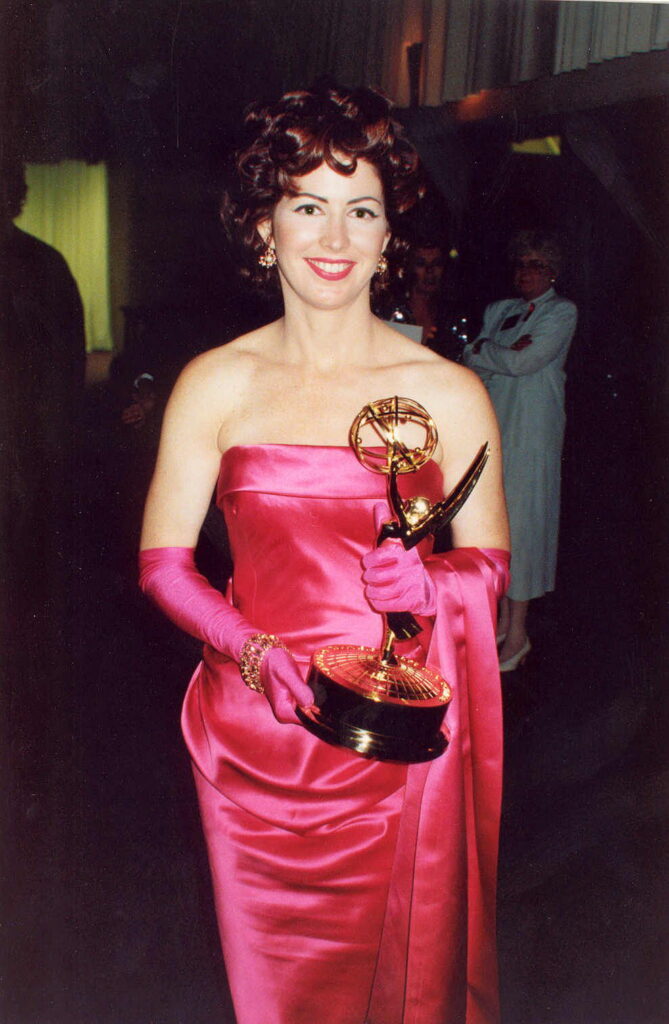
12. **The Overlooked Roles of Women: Historical Figures and Their Portrayal**
While *Tombstone* is often celebrated for its male-dominated narrative, the women in the film, though often in supporting roles, are pivotal in providing emotional depth and symbolic support to their male counterparts. Characters like Allie Earp, Mattie Earp, Louisa Earp, Josephine Marcus, and Kate Elder are not merely fictional constructs but are based on real historical figures, whose lives offer a fascinating, albeit often underexplored, window into the Old West. Screenwriter Kevin Jarre’s original script, in fact, envisioned more developed roles for these women, hinting at a potentially richer narrative tapestry.
The lives of Josephine Marcus (portrayed by Dana Delany) and Mary Katherine “Big Nose Kate” Elder Horony (played by Joanna Pacula) have garnered particular attention from historians. Mike Bray asserts that their stories are “indeed important to understanding the Old West,” providing “insight into the roles and experiences of women in a predominantly male-oriented historical narrative.” They were not just “side characters in the lives of famous men,” but individuals with their own struggles and contributions, often leading “rough lives,” as Pam Nowak highlights, with many of the Earp/Holliday women having been prostitutes.
However, the film’s portrayal of these women is not without its critics. Pam Nowak suggests that “none of the women were interpreted correctly” or deeply enough, arguing that Mattie was stereotyped as an addict and Josie’s complicated life and ambition remained unexplored. Chris Enss, however, emphasizes Kate’s story as “certainly more important than Josie’s,” noting her contentious history with the Earps and the significance of Wyatt being the first to call her ‘Big Nose Kate’—details that add critical depth to the trio’s history. These discussions reveal a yearning for a more comprehensive cinematic exploration of these strong, influential women, whose stories are undeniably integral to the broader historical landscape of the frontier.
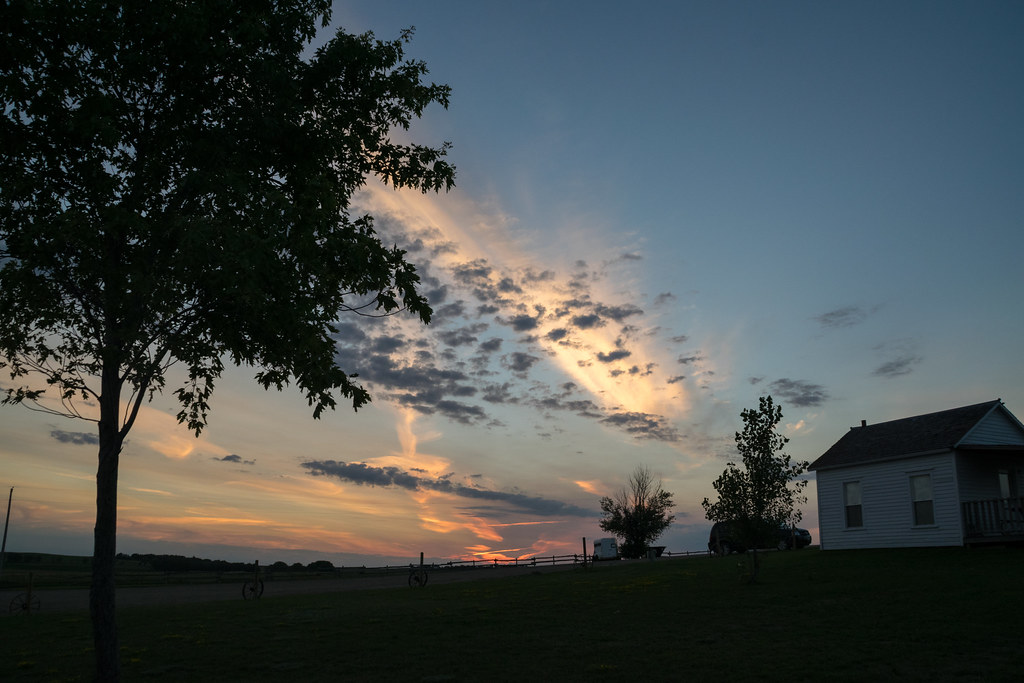
13. **The Women Behind the Men: Their Unsung Lives and Influence**
Delving deeper into the lives of *Tombstone*’s female characters reveals narratives rich with complexity, struggle, and profound influence, often overshadowed by the male-centric focus of the film. Questions arise about which of these women were accurately interpreted and whose stories desperately call for more screen time or investigative writing. It’s clear that their contributions, sacrifices, and relationships significantly shaped the destiny of the men they were connected to, illustrating the often-hidden dynamics of frontier life.
Mattie Blaylock, for instance, portrayed with heartbreaking vulnerability by Dana Wheeler-Nicholson, is highlighted by Chris Enss as a former “soiled dove with issues” whom “Wyatt treated badly.” Enss poignantly contrasts Wyatt’s “long-suffering” tolerance for Doc’s addictions with his perceived “lack of tolerance for Mattie in a similar circumstance,” suggesting a deeper exploration of these double standards and the harsh realities faced by women like Mattie. This perspective opens up the narrative to consider the devastating impact of addiction and the complex interplay of personal relationships within the Earp saga.
Jan MacKell Collins echoes the sentiment that “none of them were really interpreted to the degree they should have been,” lamenting the little screen time they received. She points out missed opportunities for “tantalizing tidbits” such as Allie and Mattie “getting drunk in Tombstone” or the “intimate conversations” that surely occurred. The image of Mattie running out into the yard with her “hair in curlers when the shoot-out started” paints a far more relatable and human picture than what was ultimately shown. These insights underscore a compelling desire among historians and fans alike for a version of the *Tombstone* saga that embraces “all of the characters, not just the men involved,” fully recognizing the strength, resilience, and often tragic lives of the women who lived alongside these legendary figures.
Read more about: Totally Tubular or Totally Taboo? 14 Wild ’80s Habits That Would Get You Side-Eyed Today!

14. ***Tombstone*’s Lasting Footprint: Propelling Old West Culture and Tourism**
The impact of *Tombstone* extends far beyond the silver screen, proving to be a powerful catalyst in propelling and sustaining the popularity of the Old West, particularly for the town of Tombstone itself. For many, the film served as an introduction to a vibrant historical period and an iconic destination. As Doug Hocking vividly recounts, he witnessed “a dying Tombstone town in 1988,” only to see it “come to life since 1993” following the movie’s release. This tangible revitalization underscores the film’s profound influence on local tourism and historical preservation efforts.
The film’s reach invigorated various facets of Old West popular culture. Michael F. Blake notes that it was not merely “a boon for tourism in the town,” but also spurred interest in “Old West reenactors, replica guns and clothing,” and most significantly, reignited widespread fascination with the Wyatt Earp saga. This ripple effect created a thriving ecosystem of enthusiasts, scholars, and businesses dedicated to preserving and celebrating the frontier era, fueled by the cinematic allure of *Tombstone*.
For countless individuals, the movie transformed abstract history into a vibrant, accessible narrative. Sherry Monahan, for example, admitted, “I didn’t even know Tombstone existed until after the movie came out,” a sentiment shared by many who discovered this slice of American history through the film. Brad Courtney advises visitors to today’s Tombstone to embrace that it “reflects the movie,” rather than an untouched historical site, to truly enjoy the experience. This enduring cultural resonance, positioning *Tombstone* alongside other influential narratives like *Lonesome Dove* and *Davy Crockett*, as Chuck Parsons suggests, solidifies its role as a monumental force in shaping contemporary perceptions and engagement with the Old West.
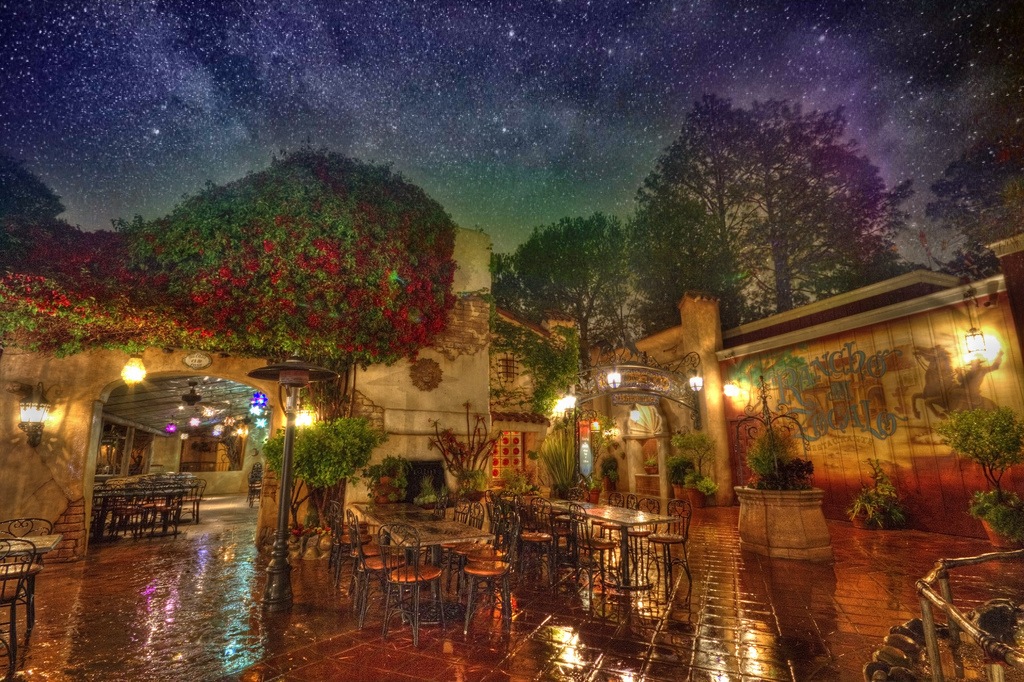
15. **The Unfulfilled Vision: Kevin Jarre’s Script and the Future of *Tombstone**
While *Tombstone* stands as a monumental achievement in the Western genre, a lingering sense of an unfulfilled vision persists, primarily centered around Kevin Jarre’s original, extensive script. Many historians and critics contend that what audiences ultimately saw on screen was a condensed version of a far richer, more character-driven narrative. John Farkis, for instance, describes Jarre’s script as “a character study of the relationship between Wyatt and Doc,” suggesting a depth that the final film, under different directorial hands, streamlined into a more action-oriented flick.
Gary Roberts points to the “departure from Kevin Jarre’s script” as a key flaw, believing it told a “better story” in its original form. Allen Barra even suggests that Jarre’s full vision would not have been a mere movie, but rather a “miniseries,” a format that would have allowed for the intricate character development and historical nuances that were necessarily trimmed for a feature film. The idea of revisiting this original script and bringing it to life in a more expansive format has become a quiet mandate among devotees of the film and genre historians alike.
Indeed, the concept of a limited series, perhaps one featuring an older Kurt Russell as Wyatt Earp and Dana Delany as Sadie, attempting to capitalize on his story in Hollywood, is tantalizing. Such an adaptation could finally realize Jarre’s “brilliant vision whole,” offering a deeper dive into the complexities of the characters and the nuanced historical context. It would allow for an exploration that goes “beyond simplistic stereotypes of good guys and bad guys,” as Gary Roberts suggests, to appreciate the profound forces at play in shaping America. This potential for a richer, more comprehensive narrative ensures that the story of *Tombstone*, in all its forms, will continue to captivate and challenge audiences for generations to come.
Thirty years on, *Tombstone* remains a cinematic enigma, a film that defies easy categorization and whose legacy continues to expand. It’s a testament to the power of compelling dialogue, unforgettable performances, and a bold approach to historical authenticity. Whether viewed as the ultimate Western, a cult classic, or a meticulously crafted piece of historical fiction, its ability to ignite debate, inspire tourism, and profoundly influence our understanding of the Old West is undeniable. *Tombstone* doesn’t just transport us to a different time; it invites us to reconsider history, heroism, and the enduring human drama that defines the American frontier.

